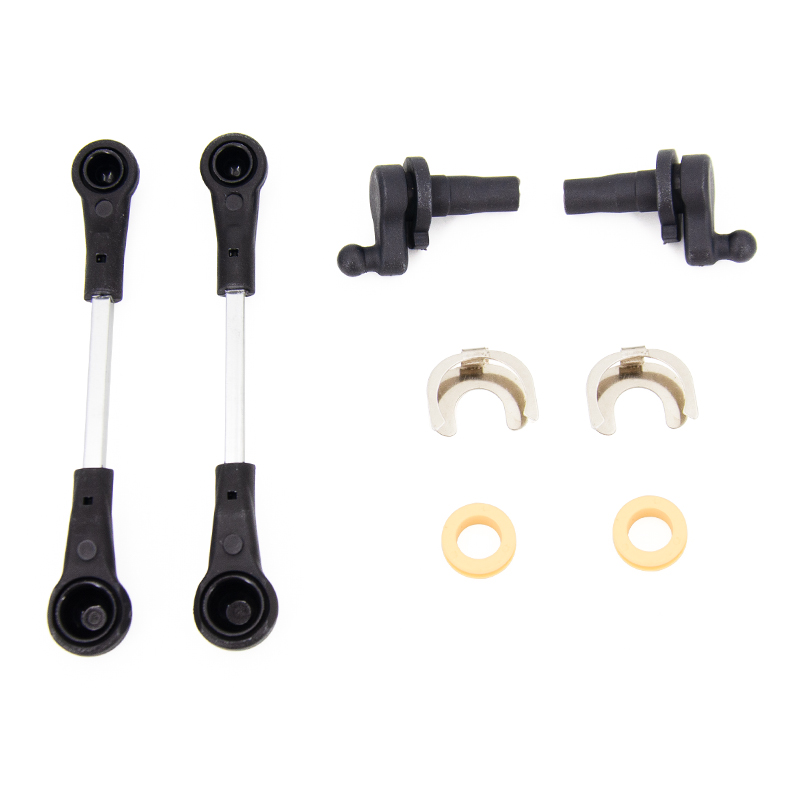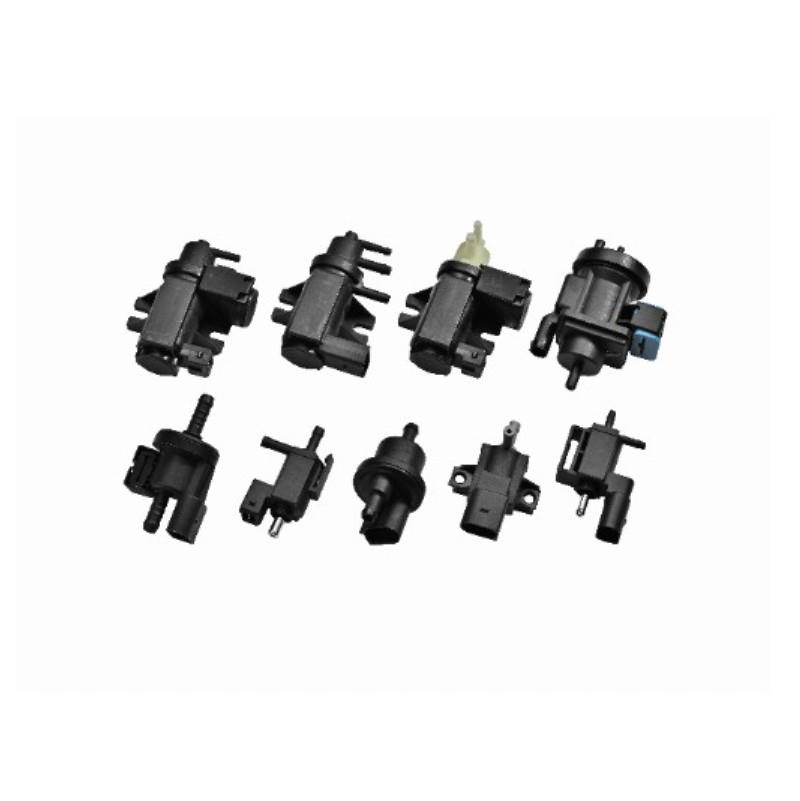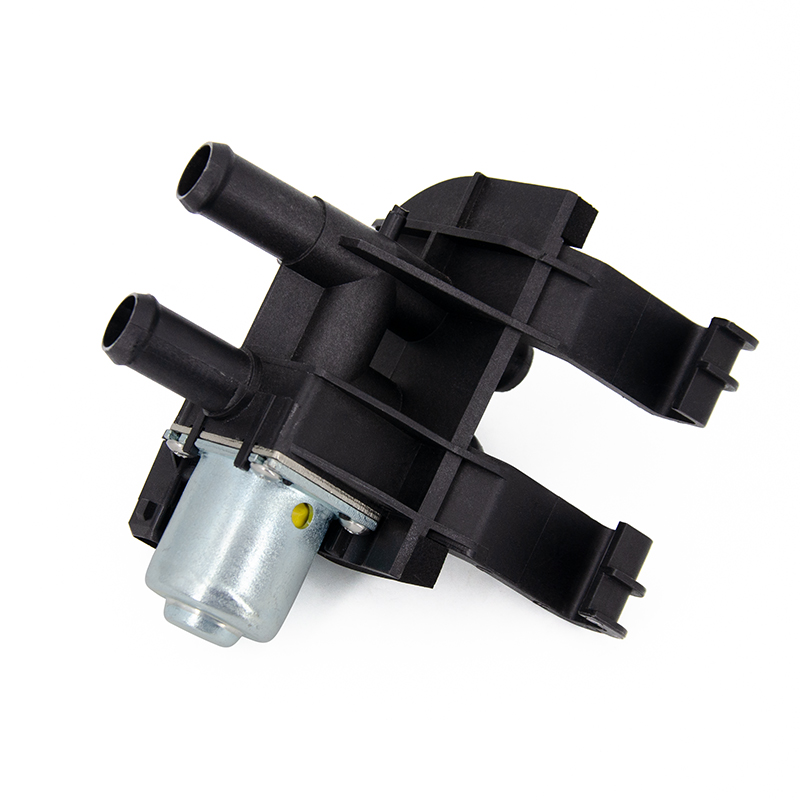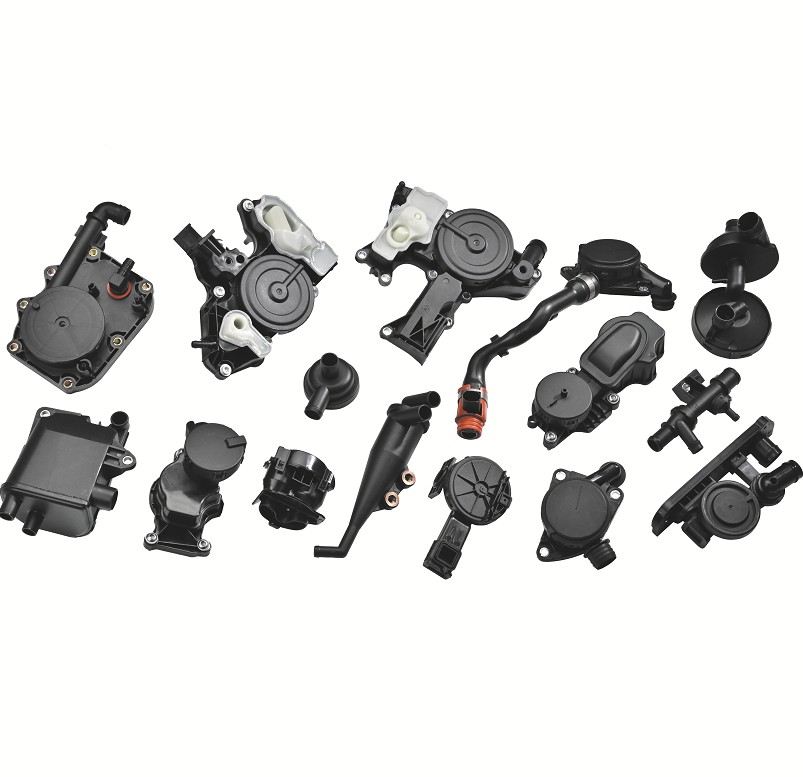The fuel return line is a vital component in your vehicle's fuel system, responsible for returning excess fuel from the engine to the tank. Knowing when it's needed is crucial for proper vehicle operation and maintenance.
Content
The Function of the Fuel Return Line
The fuel return line's primary function is to maintain stable fuel system pressure, ensuring the engine receives the proper amount of fuel. The fuel pump often delivers more fuel than the engine consumes, and the excess fuel returns to the tank through the return line. This helps prevent excessive fuel system pressure, which could lead to a burst line or fuel leak. Furthermore, the return line's circulation helps cool the fuel, preventing bubbles (vapor lock) caused by high temperatures, thereby ensuring smooth engine operation.
When is a fuel return line needed?
The fuel return line plays a critical role in various fuel systems. Here are a few common situations where it's needed:
- High-Pressure Fuel Injection System: Modern vehicles often use electronic fuel injection systems, which require high fuel pump pressure. A fuel return line is essential to maintain stable pressure before the injectors. It precisely controls fuel pressure through the fuel pressure regulator and returns excess fuel.
- Turbocharged Engines: Turbocharged engines operate at higher temperatures and require greater fuel cooling. The fuel return line continuously circulates fuel, effectively reducing fuel temperature, preventing vapor lock, and ensuring engine performance under high loads.
- Long-Distance or High-Load Driving: During extended or high-load driving (such as climbing a hill or driving at high speeds), the engine's fuel demand increases, generating more heat. The return line's cooling and pressure stabilization functions ensure a continuous and stable fuel supply, preventing engine performance degradation caused by fuel system malfunctions.
- Certain Diesel Engines: The return line is equally important in diesel systems. It helps remove any air that may be trapped in the diesel fuel and maintains normal pressure in the injection system.

Maintaining and Inspecting the Fuel Return Line
Fuel return lines are typically made of oil- and corrosion-resistant materials, but they can deteriorate, crack, or become clogged over time. Regularly inspecting the fuel return line to ensure it is free of leaks, deformation, or blockage is crucial for ensuring fuel system safety and performance. If any abnormalities are detected, they should be replaced promptly to avoid potential fuel system failures.
The fuel return line is a crucial component of modern vehicle fuel systems. It maintains pressure, cools the fuel, and ensures efficient and stable engine operation. Understanding its importance and performing regular maintenance are crucial for extending vehicle life and ensuring driver safety.


 English
English русский
русский Español
Español Deutsch
Deutsch











